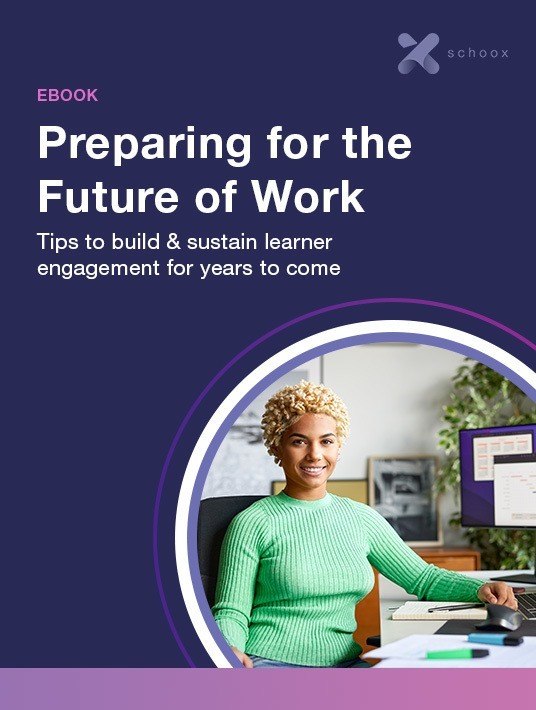Your Partner In Success
Frankly, nothing can reduce a learning program that took months of time, energy, and money to ashes more quickly than a manager with a negative view of training. All it takes is one dismissive email to the team to create an abyss of disengagement. L&D teams need to help managers:
- See themselves as a learning role model: Get them involved early in the program design so they fully understand the goals, parameters, and experiences.
- Be equipped to provide some level of guidance: When employees are challenged by something — even learning programs — their first stop is their manager.
- Have a vested interest in their teams' knowledge and skill development: Employees are also far more likely to listen to their managers than the L&D team when it comes
to validating the importance of learning, so it's vital to ensure managers recognize learning's role in making that happen.
As L&D teams work to make learning more relevant and impactful, no one is better positioned between the needs of the learners and the needs of the business than the manager. They are constantly translating business goals into actions for their teams. A cooperative relationship will provide valuable insights into how people will be expected to achieve the program's stated objectives.

Managers Know Their People
Because of the close working relationship, managers have stronger insight into their people's needs, strengths, and weaknesses. As such, they are a powerful resource when it comes to personalization. If an organization wants to put learning more into the flow of work and closer to the moment of need, it's the managers who know what those workflows and moments are. Here's why:
- No one is better positioned to understand the flow of work and how and when learning fits into and supports it than managers.
- Managers are much closer to the world employees live in day-to-day than the learning function could ever be. In this way, managers become indispensable resources for designing contextual, in-the-flow-of-work learning.
- Managers also know how teams will respond to specific incentives, making them a critical resource in building gamification. Not all games work with all groups, and in some cases, the wrong gaming elements or rewards can cause the effort to backfire.
- Knowing how important it is for people to practice new skills, managers are the ones who know what good practice looks like. They can validate the practice or reinforcement environment and determine what constitutes a good outcome.
In many cases, L&D teams are making their best educated guesses as to what people need and when, but the managers live it. They become the keystone that connects their team to the overarching goals of the organization.
Successful Learning Programs: Put Me In, Coach
One of the most effective learning experiences is the coaching or mentoring experience. And while not all managers are officially coaches, in many cases, they are coaching their teams by default. That means organizations need to equip all managers with a modicum of coaching skills. Of course, the biggest challenge to coaching and mentoring is scale as these are normally high-touch, one-on-one interactions.
Having managers partner with L&D provides opportunities to scale learning across larger, more dispersed organizations. The learning team can use learners' activity in the LMS to identify opportunities for coaching interventions, rather than the coach having to seek them out on their own. They can also consolidate coaching best practices to support the managers and assemble training assets they can share with the people they are coaching.
Having managers involved in learning is simply good practice. It deepens and strengthens the relationships with their teams. It also provides new opportunities for discussion and feedback around learning programs, providing insights L&D might not get on their own. Knowing that their manager is aware and involved in the learning programs makes them more personal, contextual, and impactful for the learner.
Conclusion
Download Preparing For The Future Of Work: Tips To Build & Sustain Learner Engagement For Years To Come today to get your employees hooked on professional development and prove your training ROI.

